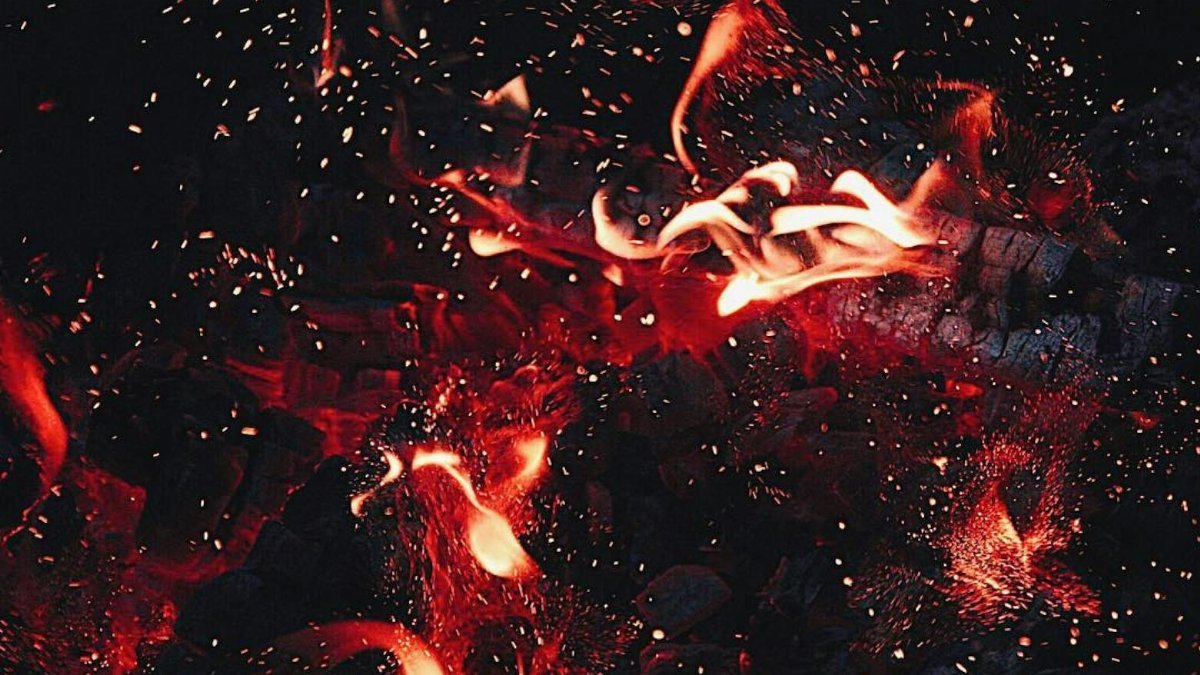Imagine stepping into an icy plunge, your breath catching as the cold bites into your skin, only to emerge moments later into a soothing, steamy soak. This isn’t just a test of endurance; it’s a deliberate dance with physiology, one that’s gaining traction among health enthusiasts. At the heart of this ritual lies a fascinating process tied to contrast bath mitochondria—how alternating cold and heat might spark the creation of new mitochondrial powerhouses in our cells. For middle-aged Americans juggling stress and waning energy, the promise of cellular renewal is more than a gimmick. It’s a potential lifeline. As research unfolds in 2025, this practice, rooted in ancient traditions yet backed by modern science, offers a glimpse into how we might recharge from the inside out. What’s driving this trend, and can it truly deliver?
The Science of Contrast Baths and Mitochondria

Contrast baths—alternating immersion in cold and hot water—aren’t a new invention. Think of Roman bathhouses or Nordic saunas paired with icy dips. But today, scientists are zeroing in on how this practice impacts mitochondria, the tiny organelles that generate energy in nearly every cell. The theory? Rapid temperature shifts create a mild stress on the body, prompting a protective response. This stress can trigger mitochondrial biogenesis, the process of forming new mitochondria, which may enhance energy production and resilience.
A 2017 study from the University of Jyväskylä in Finland found that heat and cold exposure can activate pathways like PGC-1α, a key regulator of mitochondrial growth.University of Jyväskylä Research suggests this could improve metabolic health. While more human trials are needed, the early data is compelling. Picture your cells as a power grid—contrast baths might just be the upgrade that adds more stations.
Why Middle-Aged Bodies Might Benefit Most
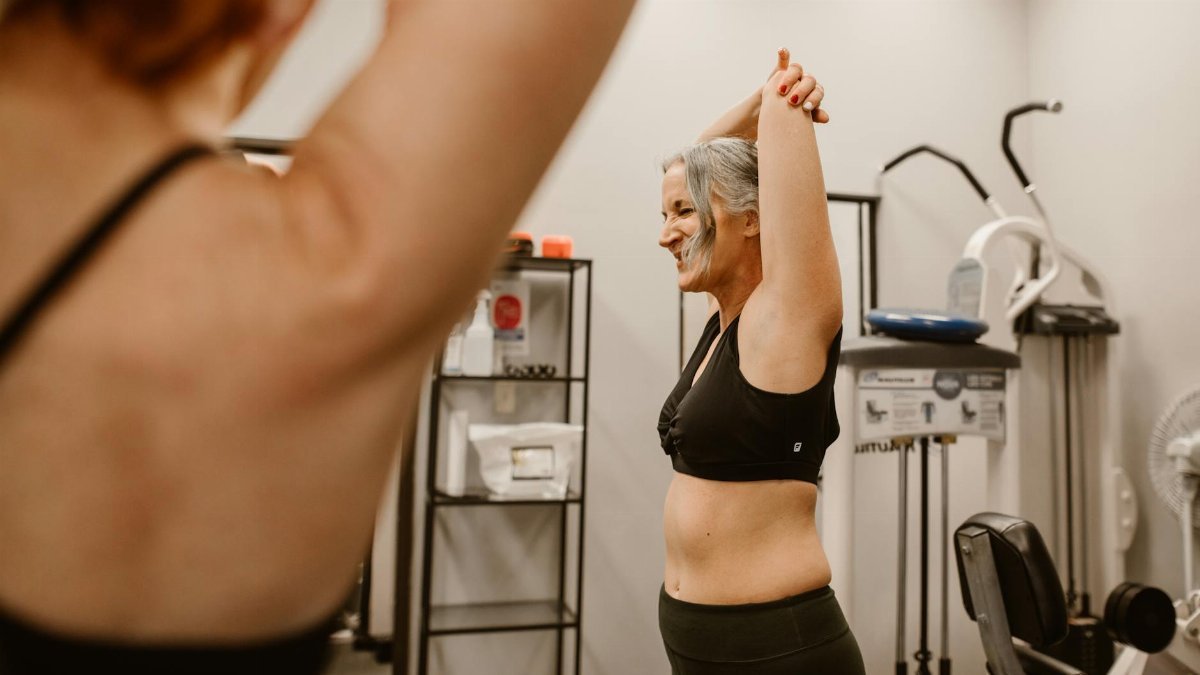
As we cross into our 40s and 50s, mitochondrial function often declines. Energy dips. Recovery slows. It’s not just about feeling sluggish—waning mitochondrial efficiency is linked to age-related conditions like diabetes and heart disease. Contrast bath mitochondria research offers a flicker of hope here. The alternating temperatures may combat this decline by spurring cellular repair mechanisms, potentially offsetting some effects of aging.
Consider a 2020 report from the National Institutes of Health, which notes that mitochondrial dysfunction plays a central role in age-related fatigue.NIH Aging Research highlights how interventions targeting mitochondria could be key. For someone pushing through midlife, a simple bath routine might double as a cellular tune-up. It’s not a cure, but it’s a start worth exploring.
How Contrast Baths Create Cellular Stress
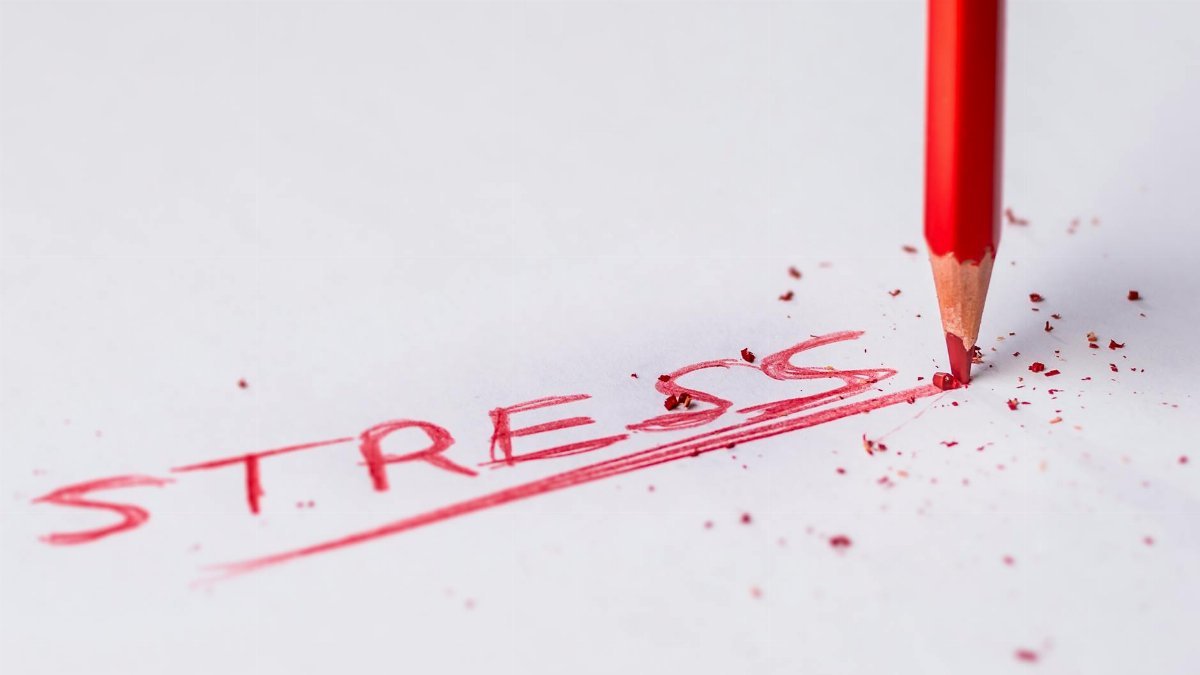
Let’s break down the mechanism. Cold water constricts blood vessels and shocks the system, while hot water dilates vessels and relaxes muscles. This push-and-pull creates a kind of metabolic turbulence. Studies suggest this stress activates heat shock proteins and cold shock proteins, both of which signal cells to adapt—often by ramping up mitochondrial production. It’s like a workout for your cells, minus the gym.
A 2019 paper from the University of Colorado Boulder explored how thermal stress influences cellular adaptation.University of Colorado Boulder Study indicates that these proteins may protect against oxidative damage, a key factor in mitochondrial decline. The takeaway? Contrast baths aren’t just refreshing—they might be rewiring your body’s energy factories at a microscopic level.
Practical Steps to Try Contrast Baths Safely
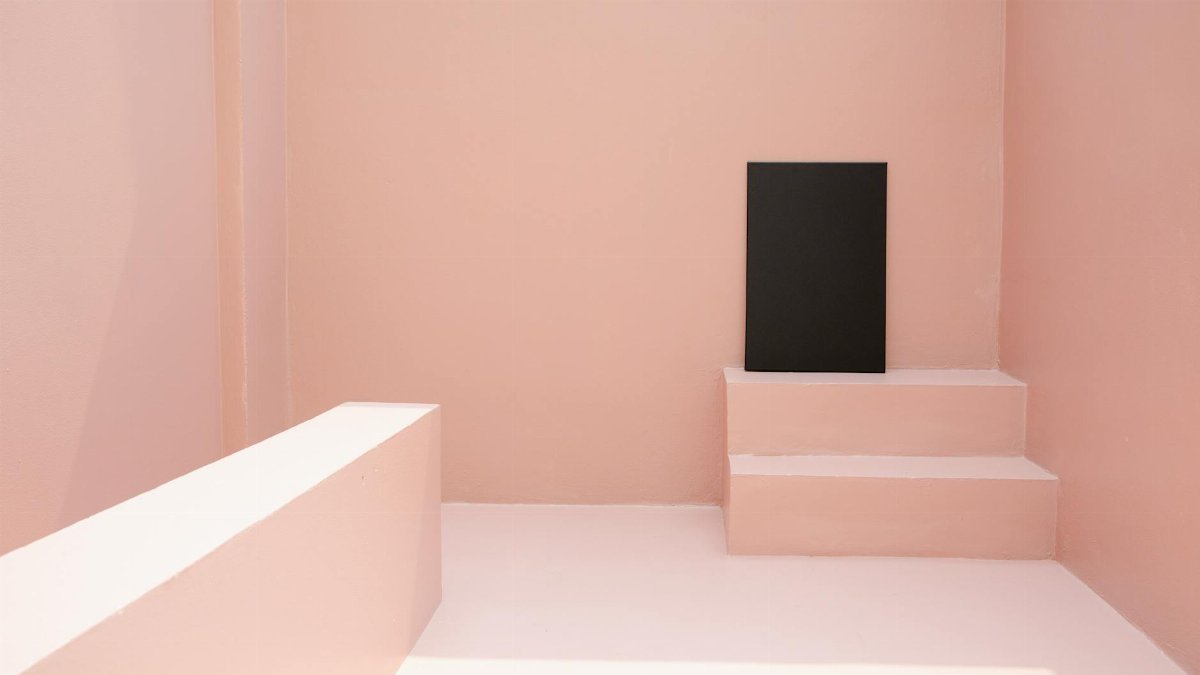
Curious to test the contrast bath mitochondria theory? Start small. You’ll need two tubs or basins—one with cold water (around 50-60°F) and one with hot water (100-110°F). Begin with a 3-minute soak in hot water to warm up, then switch to 1 minute in cold. Repeat this cycle three to five times, always ending with cold to close blood vessels and reduce inflammation. Keep sessions under 20 minutes to avoid overstress.
Safety matters. Those with heart conditions or poor circulation should consult a doctor first—temperature extremes can strain the cardiovascular system. And don’t push past discomfort. One person shared in an online health discussion how they felt invigorated after just two cycles, describing a “buzzing clarity” in their limbs. That’s the goal: a gentle challenge, not exhaustion.
Real-World Experiences and Expectations
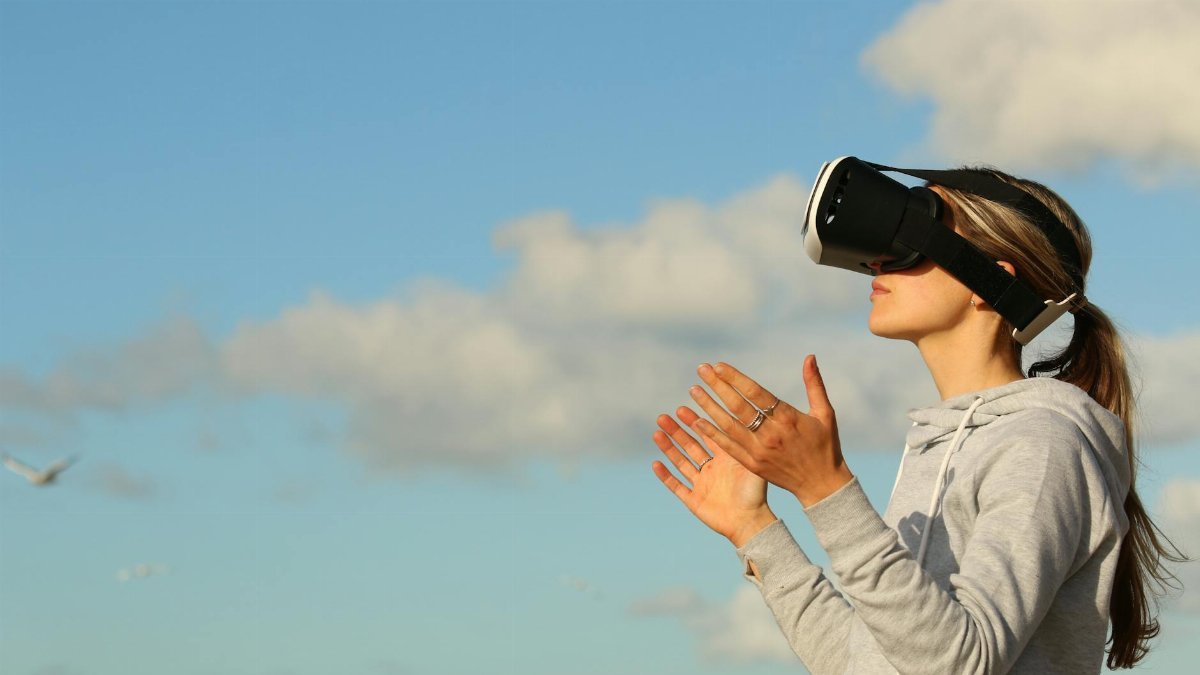
Not everyone emerges from contrast baths feeling like a new person. At a community wellness center in Minneapolis last fall, a group of regulars swapped stories over steaming mugs of tea after a session. One woman in her 50s admitted the first dip was brutal—“like needles on my skin”—but after a few weeks, she noticed quicker recovery from her morning walks. Another man shrugged, saying he felt nothing beyond a fleeting rush. These mixed reactions reflect the reality: contrast baths aren’t a universal fix.
Expectation plays a role too. If you’re chasing dramatic energy boosts overnight, you might be let down. The mitochondrial benefits, if they occur, build over weeks or months. Patience isn’t just a virtue here—it’s a requirement.
Broader Implications for Health Trends in 2025
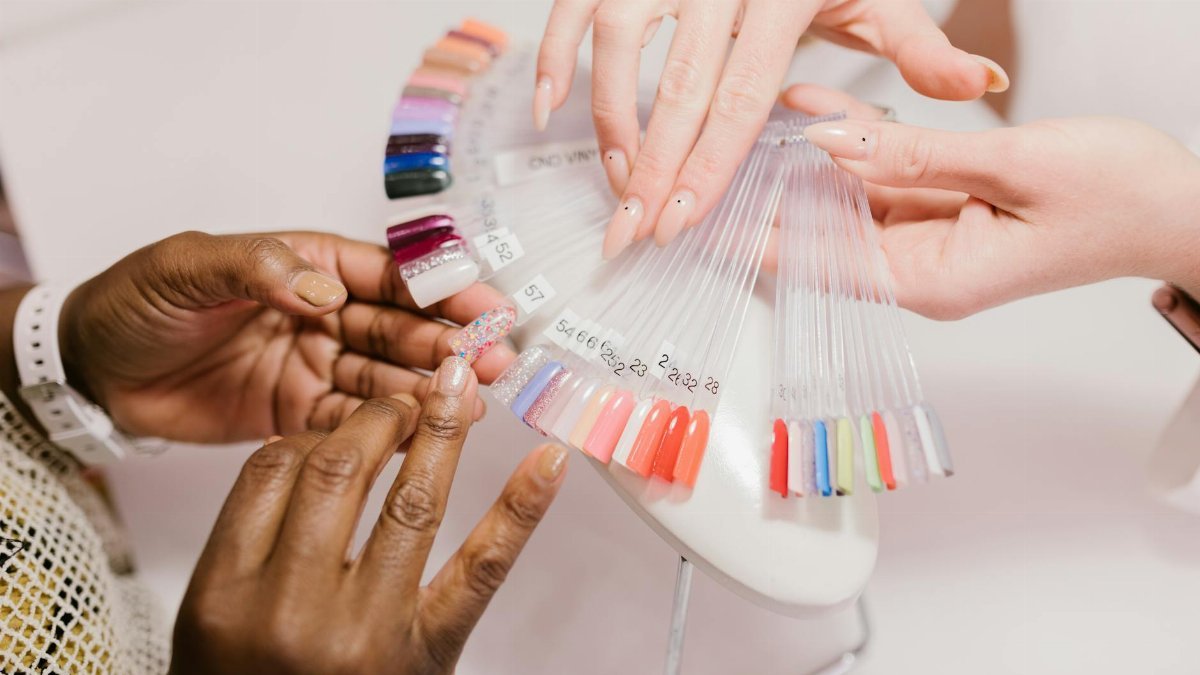
Zoom out, and contrast baths fit into a larger wave of biohacking and recovery practices sweeping the U.S. From cryotherapy chambers to infrared saunas, Americans are increasingly drawn to therapies that promise cellular optimization. The contrast bath mitochondria connection is just one piece of this puzzle, but it’s uniquely accessible—no fancy equipment required beyond a tub and thermometer.
A 2023 survey by the Pew Research Center found that over 40% of adults over 45 are experimenting with alternative wellness practices to combat fatigue.Pew Research Center Survey underscores a growing openness to such methods. As we navigate 2025, expect contrast baths to pop up more in gyms, spas, and even home routines. It’s a low-barrier entry to a high-concept idea.
Limitations and Unknowns to Consider

Before you fill your tubs, a reality check. The science on contrast bath mitochondria links is promising but far from settled. Most studies are small or animal-based, and long-term human outcomes remain unclear. Are new mitochondria actually forming in significant numbers? Or are we just seeing temporary metabolic spikes? Skeptics argue the effects might be overstated, more placebo than physiology.
There’s also the risk of overdoing it. Pushing temperature extremes or frequency can lead to dizziness or strain, especially for those unaccustomed to thermal stress. The line between beneficial challenge and reckless harm is thin. Until larger clinical trials emerge, approach this as an experiment, not a proven prescription.
Blending Tradition with Modern Wellness
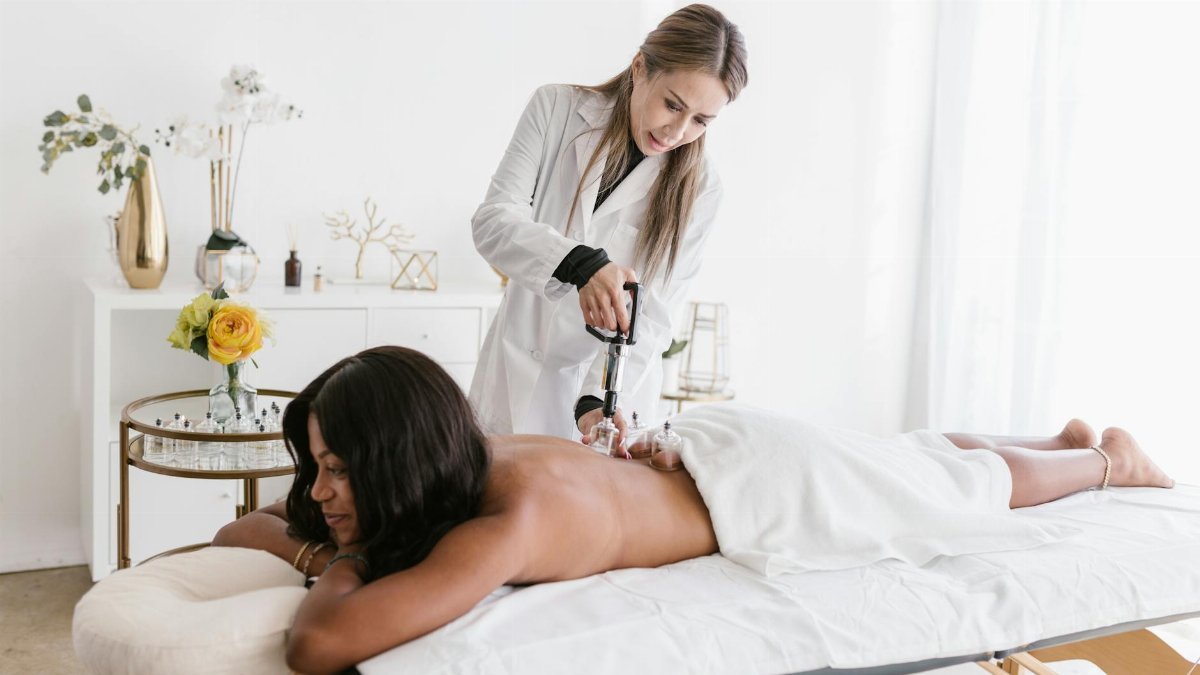
There’s a quiet poetry in how contrast baths bridge ancient practices with cutting-edge science. Indigenous cultures and early Europeans used hot springs and cold rivers for healing long before mitochondria were named. Now, we’re circling back, armed with lab data and a renewed hunger for vitality. For many in midlife, this blend feels grounding—a way to reclaim agency over aging bodies.
Yet it’s not about nostalgia alone. It’s about results. If contrast baths can nudge mitochondrial health even slightly, they might offer a piece of the puzzle for sustaining energy in a world that demands more of us every day. The question isn’t whether this practice will stick—it’s how we’ll refine it as evidence grows.

As an education professional with a background in Biology and Physics, Dr. Christoph Weber is the analytical heart of Fulfilled Humans. He ensures every piece of content is insightful and grounded in credible knowledge.
Disclaimer
The content on this post is for informational purposes only. It is not intended as a substitute for professional health or financial advice. Always seek the guidance of a qualified professional with any questions you may have regarding your health or finances. All information is provided by FulfilledHumans.com (a brand of EgoEase LLC) and is not guaranteed to be complete, accurate, or reliable.
